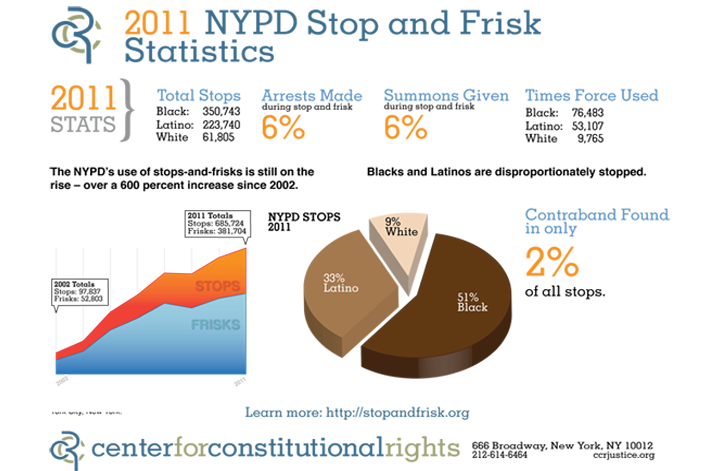"Bad Black People." Why Bill O'Reilly Is Wrong Even When He's Right
"Bad Black People." Why Bill O'Reilly Is Wrong Even When He's Right
The Future Of Race In America: TED Talk By Michelle Alexander, Author Of "The New Jim Crow"
http://paxonbothhouses.blogspot.com/2015/03/the-future-of-race-in-america-ted-talk.html
Compendium Of Best Pax Posts On Miscarriage Of Justice And Misplaced Punishment
Compendium Of Pax Posts On Violent Criminals And Violent Police
Pax On Both Houses: Compendium Of U.S. Prison System Posts
Compendium Of Best Pax Posts On Miscarriage Of Justice And Misplaced Punishment
Compendium Of Pax Posts On Violent Criminals And Violent Police
Pax On Both Houses: Compendium Of U.S. Prison System Posts
The Caging Of America: Why Do We Lock Up So Many People?
http://paxonbothhouses.
Christianity's Bedrock Commitment To Torture: Remaking "The Faithful" In God's Image
Selma, "Glory" And America's Astronomical Incarceration Rate
Particularly For Blacks
http://paxonbothhouses.
The Caging Of America: Why Do We Lock Up So Many People?
Christianity's Bedrock Commitment To Torture: Remaking "The Faithful" In God's Image
Selma, "Glory" And America's Astronomical Incarceration Rate
Particularly For Blacks
http://paxonbothhouses.
"The Caging Of America: American Prisons Routinely Used To Incarcerate The Mentally Ill. 500,000 Behind Bars"
"The Caging Of America: American Prisons Routinely Used To Incarcerate The Mentally Ill. 500,000 Behind Bars"
Police stops in Ferguson:
What are the numbers?
Ferguson police are much more likely to stop, search and arrest African-American drivers than white ones. Last year, blacks, who make up a little less than two-thirds of the driving-age population in the North County city, accounted for 86 percent of all stops. When stopped, they were almost twice as likely to be searched as whites and twice as likely to be arrested, though police were less likely to find contraband on them.
Pronounced as those statistics may seem, they don’t necessarily make Ferguson an outlier.
The figures are provided by the state’s attorney general’s office, which collects the data from police agencies and creates a disparity index comparing the racial breakdown of drivers stopped to the racial breakdown of the driving age population in the police jurisdiction where they were stopped. An index of one means there is no disparity for a particular race. The index for blacks in Ferguson is 1.37.
Statewide, the disparity index for blacks — 1.59 — is higher than in Ferguson. The same is true for many other local police jurisdictions.
On the other hand, the disparity index for whites, at 0.38, is one of the lowest in the state. The statewide index is 0.96.
University of Missouri-St. Louis criminologist Rick Rosenfeld said the statistics for Ferguson don’t stand out from many other St. Louis County municipalities.
“I don’t think Ferguson would be at the top of many people’s lists for racial tension between police and the community,” he said.
Rosenfeld also noted that the attorney general’s data has some limitations, specifically that it doesn’t account for whether drivers live in the jurisdiction where they’re stopped. This means that an index could be skewed in an area with interstate highways, busy roads or shopping centers. Additionally, an officer may not know the race of a driver when making the decision to stop someone.
Rosenfeld said the rate at which drivers are searched is a more useful metric. While the data doesn’t prove the existence of racial profiling, the fact that Ferguson police were more likely to search a vehicle when the driver was black yet less likely to find contraband than when the driver was white could be more indicative of a problem, he said.
Last year, Ferguson police searched 12.1 percent of black drivers they stopped, compared to 6.9 percent for whites. Contraband was found 22 percent of the time when the driver was black and 34 percent when the driver was white.
Rosenfeld said he was puzzled about why the stop rate for whites was so low in Ferguson. He said one possible factor is that the black population in the area, as a whole, is younger than the white population. Older people are less likely to be stopped, he said, and are less likely to be on the roads in general.

No comments:
Post a Comment